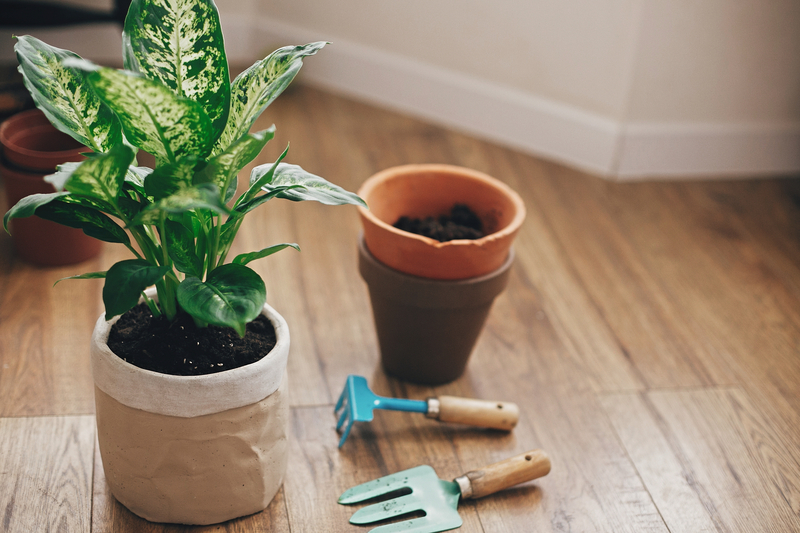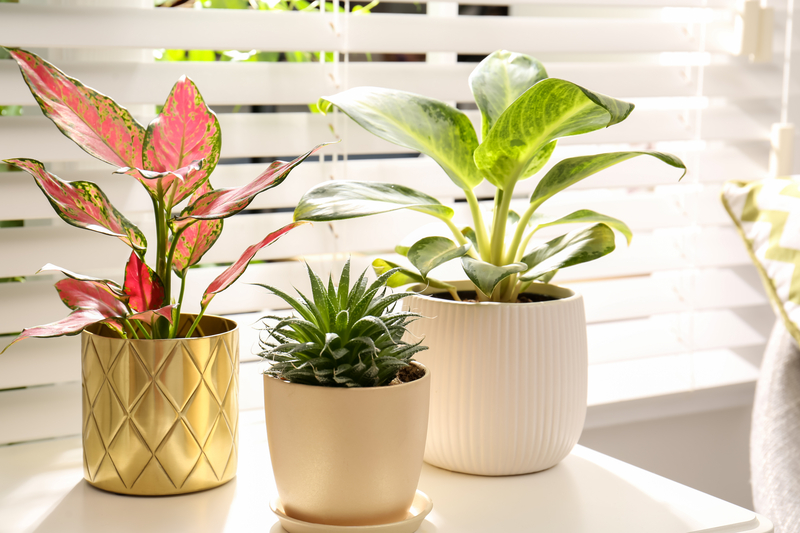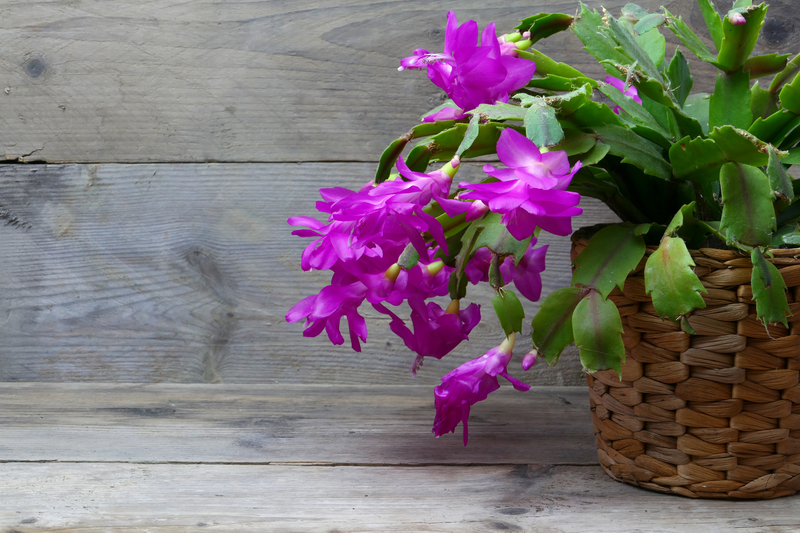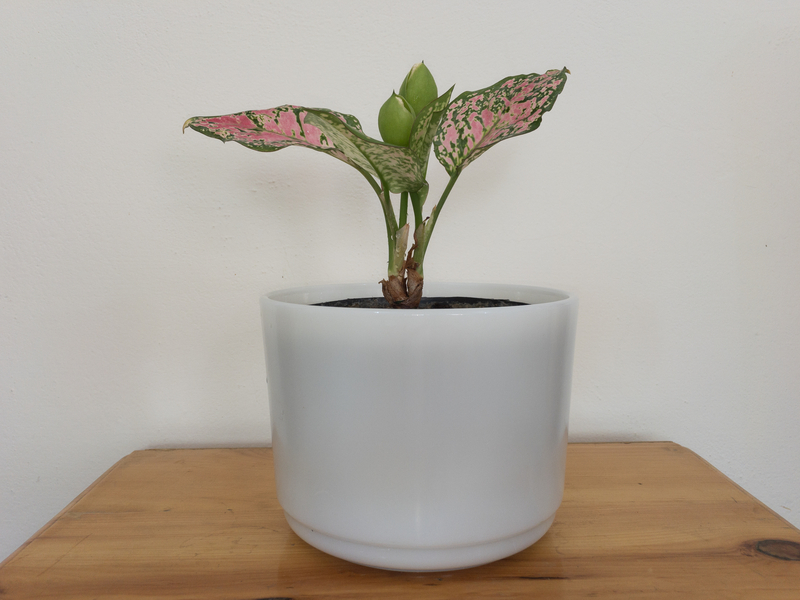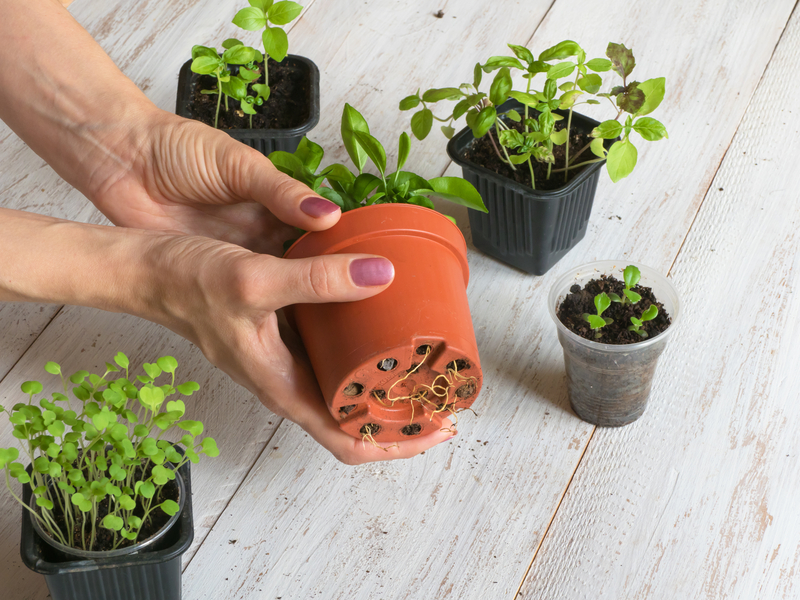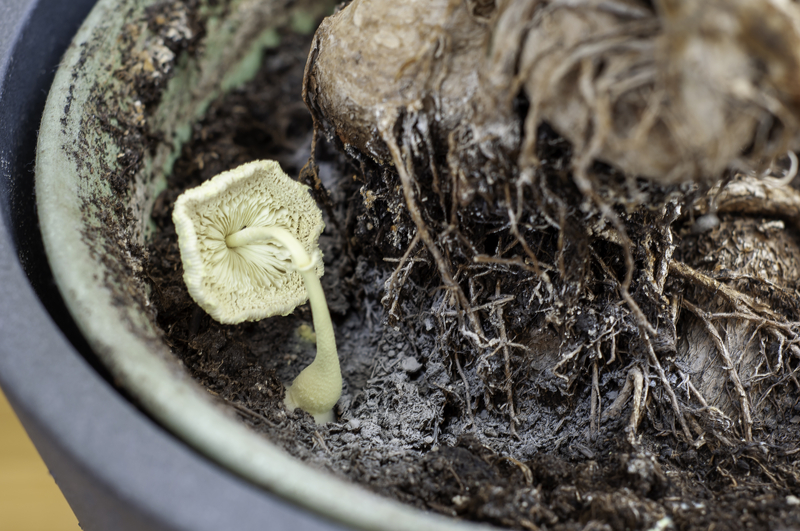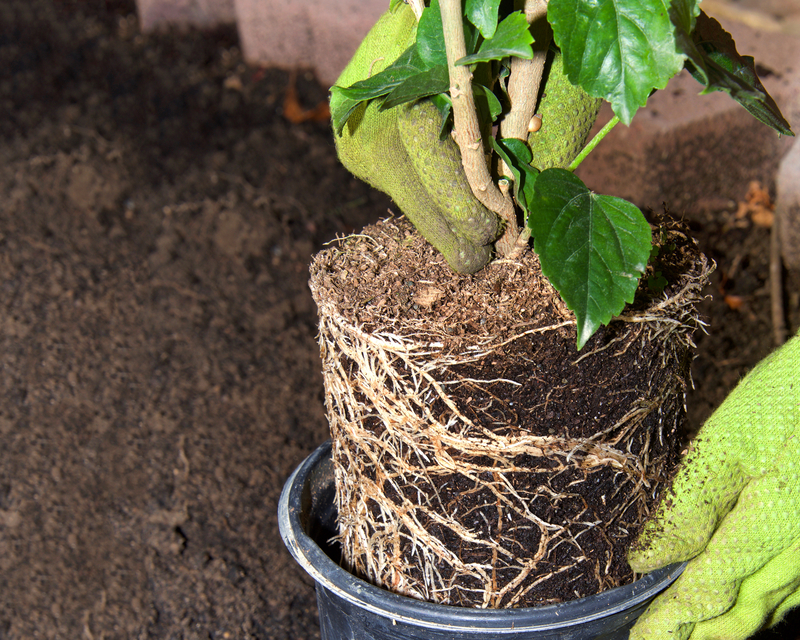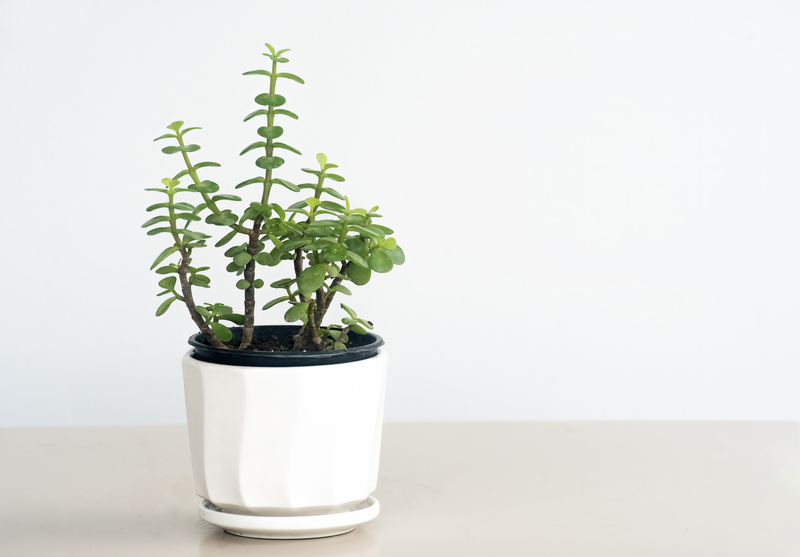You can repot houseplants during the winter. While repotting during the early spring and summer is generally preferred, there are still reasons for repotting your indoor plants during the cold months. However, there are concerns that you should be familiar with when it comes to winter repotting plants that are different from the spring and summer.
So, can repotting your houseplants spurn new growth in the winter? What are some clear signs that you need to repot your houseplant? Can you repot the plant purely for cosmetic reasons?
Here is the complete breakdown of why you can and should repot your houseplants during the winter.
Concerns to Be Aware of with Repotting in the Winter
The general recommendation is to repot a plant early in the spring and summer since that is when a plant has the most growth. Having the most growth allows a plant to settle into a new home, form strong roots, and grow. However, there are plenty of reasons why you should repot a plant during the winter, even when the growth is slow.
Here are some things to consider when repotting the plant during the winter.
Transplant Shock
Transplanting a plant can cause the plant to go into shock, regardless of whether it is in the winter or not. Even if there are significant plant issues like roots sticking through the drainage holes or the plant has moldy soil, the transplant shock is a real thing to consider. Transplanting a plant during the winter is risky because the plant might struggle with forming roots into the soil since the winter is the slowest amount of growth. If the plant cannot quickly develop strong roots in the soil, it will wilt and die.
Another concern is that even if the plant forms strong roots in the soil, the winter sun won’t be as intense as the summer. If the plant needs lots of direct sunlight, it might struggle with the changing environment because it might need extra light to settle into the home. If the sun is inadequate for the plant during the winter, the plant can wilt and die from a transplant.
Sudden Growth
Another plant care concern when repotting an indoor plant in the winter is that there could be a sprout of new growth. Placing a plant into a bigger container or giving it fresh potting soil can kickstart sudden growth for the plant. A plant with sudden growth during the winter isn’t ideal because it will become leggy, looking for more intense sunlight, which it won’t get. Typically a plant at this stage will start to fall under its weight, wilt, and then die.
Reasons to Repot a Plant in the Winter
Now that we know of the risks of repotting a plant during the winter, we should explain why you should do it.
Not in a Pot with Drainage Holes
Sometimes you might get a plant during the holidays as a gift. While the plant looks terrific, sometimes the plant will be in a container without any drainage holes, which some family members or friends won’t even notice as an issue. If that is the case, you will need to repot the plant into a container with drainage holes to allow excess water to come out of the bottom of the pot. Typically speaking, you should let the plant settle into your home for 1-2 weeks before repotting it to reduce the transplant shock of leaving a store and coming to your home.
Roots Sticking out of the Drainage Holes
When roots are sticking through the drainage holes, that signals that the plant needs to be in a larger pot. Roots are sticking out of the bottom of the pot means that they have nowhere else to grow, which is a problem. The roots need to stay in the potting mix to help transport nutrients through the soil through the rest of the plants, and roots sticking out of the bottom of the pot can’t do that.
When you notice that the roots are sticking through the bottom of the pot, you can repot it in a new pot two inches bigger in diameter than the previous home. No bigger than two inches is a guideline because you want the new pot to be similar to the previous one, just a bit bigger, which reduces transplant shock. Also, beginners might want to dampen all of the soil around the plant, and having too big of a pot means extra water for the plant to absorb, which can lead to root rot.
Overwatering and Root Rot Concerns
Overwatering and root rot are common problems for plants, especially in the winter. Since little growth occurs during the winter, some plant owners tend to overwater the plants, which leads to soggy soil and damaged roots. If you suspect root rot from overwatering the plant, you must repot it in fresh soil.
If you repot the plant in the same container, that is fine, but you will need to use new soil, cut away the damaged roots, and throw away the old soggy dirt.
Moldy Soil Needs to Go
Moldy soil is a common problem for most plants, especially during the winter. When you overwater a plant, like a succulent or a pothos plant, mold can form since the direct sunlight isn’t strong in the winter, which means that the soil doesn’t dry between waterings. When you notice some mold on the soil, it is best to remove the plant from that container altogether, put the new potting mix into the container, and then place it back into the pot.
A Fresh Soil Mix
Sometimes potted plants that have sat in the same soil for too long aren’t absorbing as many nutrients since the ground is stale. If you have had the same soil for over a year to two years, you should repot the plant into fresh soil. Repotting the plant into the fresh ground can stimulate new root growth, which can help the plant grow bigger and stronger.
Incorrect Soil
Plants need all different types of soil to grow healthy and strong. Some need light and airy soil, while others want compact and heavy material. If you have a plant with the incorrect soil, say as a gift from a friend, you should repot the plant and place it into the correct potting mix designed for the plant.
Plant Divisions
If you want to work on your Greene thumb skills, you can repot new plants through division. If you have a plant starting to grow out of the current container, you can divide up the root system to pot new plants around your home or garden.
Root Bound / Pot-Bound Issues
Rootbound is a common problem for plants that have outgrown their current home. Moving the plant out of the existing house won’t be easy when the roots have grown so tight around the root ball. The problem with root-bound plants is that the roots will suffocate the plant, so you need to repot it into a bigger container.
One tip is that when you move the root-bound plant out of the original home, you can push the roots a bit with your thumbs to break up the tightness of the roots. Breaking up the tightness of the roots allows them to become free, which helps with repotting since they have more places to go and grow into the new soil. If you take the root-bound plant and stick it into fresh soil, the roots will struggle to form into the pot and soil.
Cosmetic Changes
Another reason to repot an indoor plant comes down to the look you want the plant to have in a room. For example, you might change your home design to try new decor. When you do that, you can use that time to repot a plant into a new container that matches the feel of the home.
Conclusion: Can You Repot Plants in the Winter?
In summary, you can repot plants in the winter. Common reasons to repot a plant in the winter is if the roots are sticking through the bottom of the pot, if the plant is root bound, to remove moldy soil, or if you want to make a cosmetic change to the pot. While it is a bit riskier to repot a plant during the winter, there are times when you must, which are these reasons in this post!
Similar Posts:
Graptopetalum Paraguayense Care
Is it OK to Water Plants at Night?
Can You Bring Plants on a Plane?
Scindapsus Pictus Exotica Care
Is Having Plants in your Bedroom Good or Bad?

